
GUEST BLOGGER RANDI SONENSHINE
Structure: From cells to skyscrapers
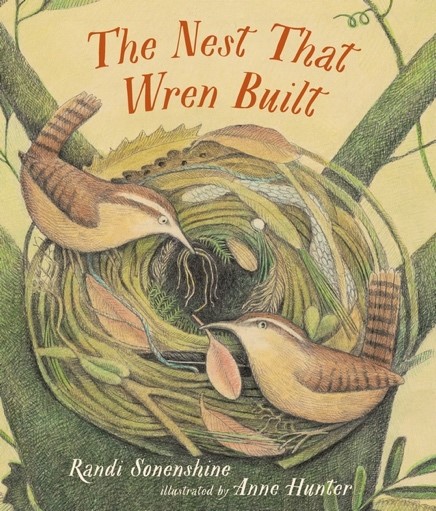
An atom. An oak tree. A galaxy. From microscopic to vast, each of these structures is made of elements, and each of those elements has a function, whether in relation to the other elements, or the overall design. This is true of nature’s structures, as well as those that are man-made, from a tiny teapot to the towering Taj Mahal. This concept was foremost in my mind when I wrote The Nest That Wren Built, which highlights the masterful design and creation of a Carolina wren’s nest. Like the nest, I wanted the text to be tightly woven with a clear structure. Poetry was a natural choice.
Investigating structure, function, and design is a STEAM concept that threads through all three branches of science — life, earth, and physical. Using The Nest That Wren Built, with its tight structure and simple design elements, provides the perfect vehicle for this exploration, while also strengthening critical thinking and language arts skills at any grade or readiness level.
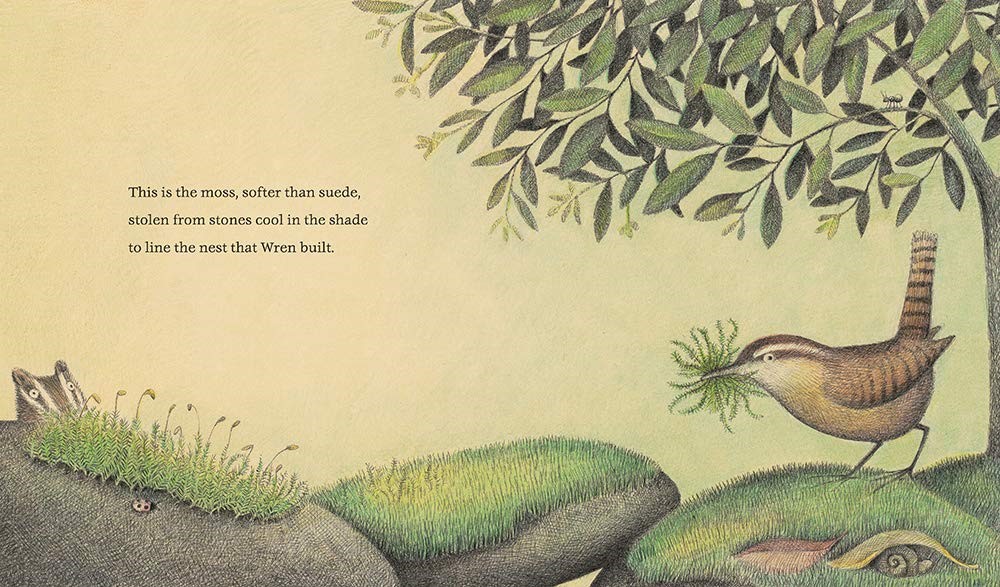
Lesson: Creating part-to-whole refrain poems to explore structure and design
Reading the Book
Read the book together, and ask students to share their “noticings”. Some examples:
- The verses have a consistent rhyme and rhythm, or pattern of stressed and unstressed syllables (beats).
- Each verse ends with the same phrase (the nest that Wren built), which is called a refrain.
- Up through verse 8, each verse shows a new material added to the nest and the purpose, or function of that material. In the remaining verses, the main nouns focus on things in and around the nest and their activities related to the nest.
- Back matter includes a glossary, some illustrations, and more details about Carolina wrens and their nests.
Read the book a second time, charting the following for verses 1-8:
- the main nouns (person, place, or thing) in the first part of each verse
- the descriptors (words and phrases that describe the noun)
- the verb (action word) in the refrain that tells what the nouns do, or what their job is in relation to the nest.
(Complete this step together with younger children and struggling readers. For older and more independent readers, model the first verse, and then allow students to complete with a partner or in small groups.)
Let’s take a look at the first verse:
These are the twigs, dried in the sun,
that Papa collected one by one
to cradle the nest that Wren built.
From The Nest That Wren Buillt by Randi Sonenshine, illustrated by Anne Hunter
In this verse, the main noun is TWIGS, the phrase that describes the twigs is DRIED IN THE SUN, and the verb that tells what the twigs do is CRADLE, so the chart entry would look like this:
| Verse # | Main Nonn | Descriptors | Verb in Refrain |
|---|---|---|---|
| 1 | twigs | dried in the sun | cradle |
Crafting the poems- model first!
Brainstorm
Have students think of something that is made up of multiple parts, or assign an object related to your area of study. This could be something in the natural world, such as a flower, a sound wave, a bird, or a coral reef, or something that is manmade, such as a school bus, a bridge, or a bicycle. The possibilities are endless. (See the suggestions at the end.)
Next, brainstorm the parts of the object and their functions, using a chart like before. For older, more advanced students, this could be an opportunity for research.
Together, choose a refrain to go at the end of each line. For example: the tree that grows on the playground, the bike I got for my birthday, or the bridge that spans the bay.
Draft
Draft the poem, using the nouns, verbs, and refrain. For example: These are the pedals that turn the wheels on the bike I got for my birthday. (It doesn’t need to rhyme, but this could be a challenge for older or more advanced students.)
Revise
Revise the poem by cutting any unnecessary words and replacing uninteresting or vague words with more powerful and precise words, modeling how to use a thesaurus. Challenge more advanced students to use sound devices and figurative language.
Have students repeat the process to create their own poems, then share and celebrate!
Examples of structures
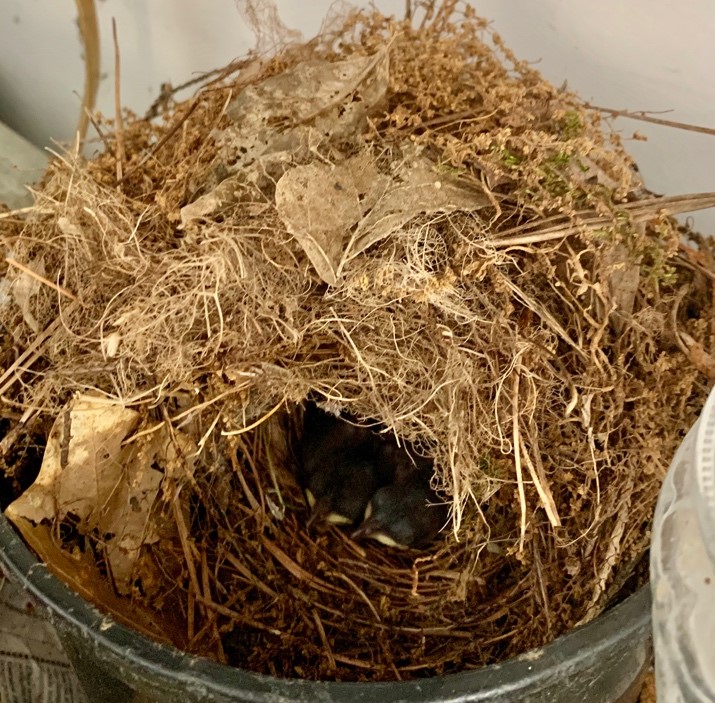
Life Science
- Animal homes (nests, burrows, webs)
- Habitats (rainforest, salt marsh, meadow)
- Animals (spiders, birds, fish, cat- poems can highlight animal adaptations)
- Body systems (respiratory, digestive, circulatory)
- Organs/organisms/body parts (cell, ear, eye, heart)
- A microscope or lab
Earth Science
- Earth’s crust
- Planets
- Solar system
- Rock formations
- Layers of the ocean
Physical science/Chemistry
- Waves
- Atoms
- Simple machines
- The ear or eye
- Musical instruments
Man-made Structures
- Bridges
- Buildings
- Inventions
- Tools
- Vehicles

Randi Sonenshine grew up exploring the magical “swamp” and woods behind her home on the Eastern Shore of Maryland, developing an early sense of wonder and appreciation for the natural world. This love of nature often appears in her writing and poetry, including her debut picture book, The Nest That Wren Built (Candlewick 2020). A former middle and high school English teacher and college reading instructor, Randi is currently a literacy specialist and instructional coach. She lives with her husband, two sons, and a spoiled schnauzer in Northwest Georgia, and does her best writing accompanied by birdsong and a good pot of Earl Grey tea. Website: http://www.randisonenshine.com/. Twitter: https://twitter.com/rsonenshine. Instagram: https://www.instagram.com/rsonenshine68/


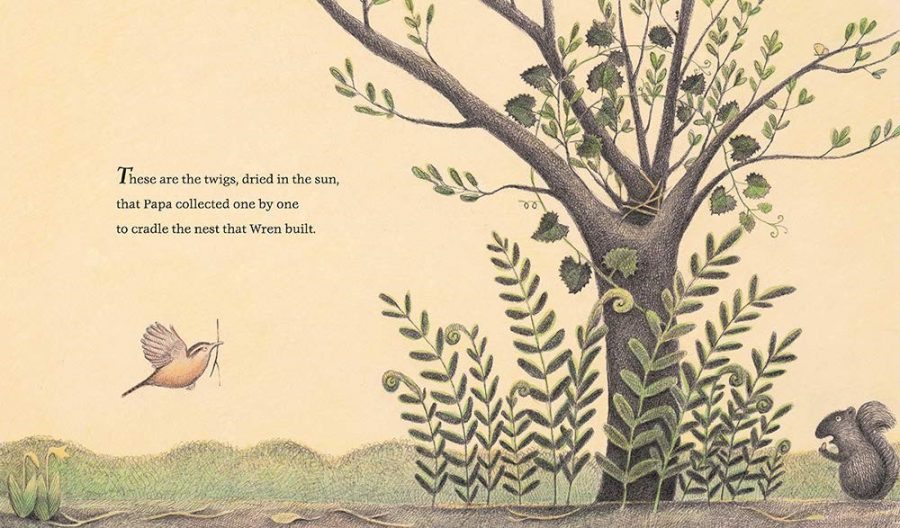
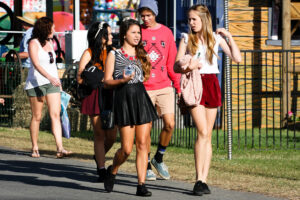
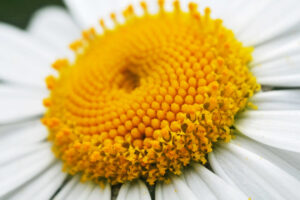



Leave a Reply
Your email is safe with me.